The Child of Another (1919)
Genre : Drama
Runtime : 37M
Director : Yakov Protazanov
Synopsis
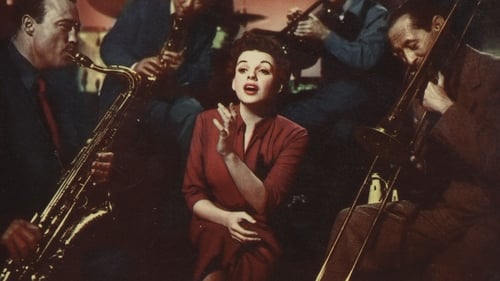
A movie star helps a young singer-actress find fame, even as age and alcoholism send his own career into a downward spiral.

The story of a poor young woman, separated by prejudice from her husband and baby, is interwoven with tales of intolerance from throughout history.
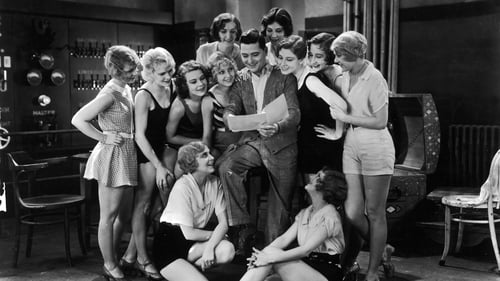
The vaudeville act of Harriet and Queenie Mahoney comes to Broadway, where their friend Eddie Kerns needs them for his number in one of Francis Zanfield's shows. When Eddie meets Queenie, he soon falls in love with her—but she is already being courted by Jock Warriner, a member of New York high society. Queenie eventually recognises that, to Jock, she is nothing more than a toy, and that Eddie is in love with her.

In the War's closing days, when a conscience-driven Japanese soldier fails to get his countrymen to surrender to overwhelming force, he adopts the lifestyle of a Buddhist monk.
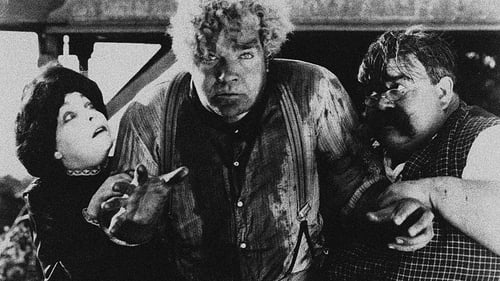
A lottery win of $5,000 forever changes the lives of a miner turned dentist and his wife.
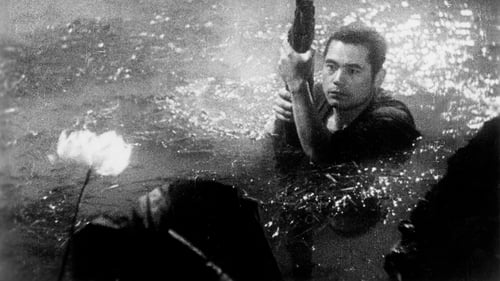
The story of Sanshiro, a strong stubborn youth, who travels into the city in order to learn Jujutsu. However, upon his arrival he discovers a new form of self-defence: Judo. The main character is based on Shiro Saigo, a legendary judoka.
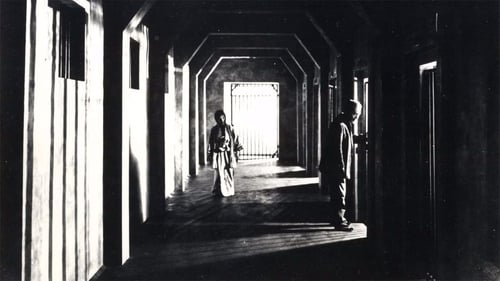
A man takes a job at an asylum with hopes of freeing his imprisoned wife.

The story of two men, one married, the other the lover of the other's wife, who meet in the trenches of the First World War, and how their tale becomes a microcosm for the horrors of war.
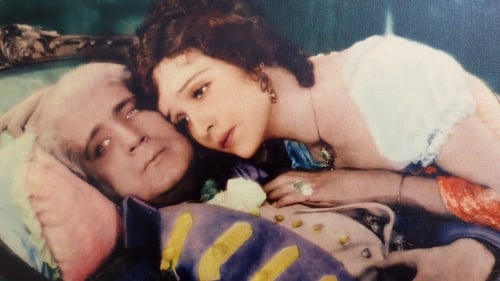
In 18th-Century Russia, the Czar, Paul, is surrounded by murderous plots and trusts only Count Pahlen. Pahlen wishes to protect his friend, the mad king, but because of the horror of the king's acts, he feels that he must remove him from the throne.

Fight manager takes out an insurance policy on his puny pugilist and then proceeds to try to arrange for an accident so that he can collect.
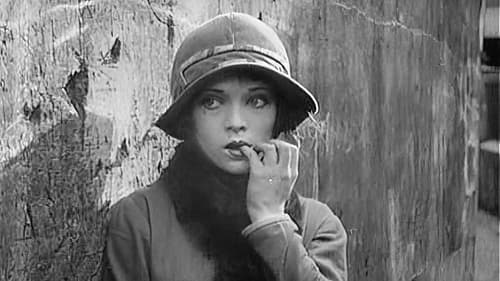
A pair of sisters leave the country for the city after their parents are slaughtered in a mysterious axe murder.
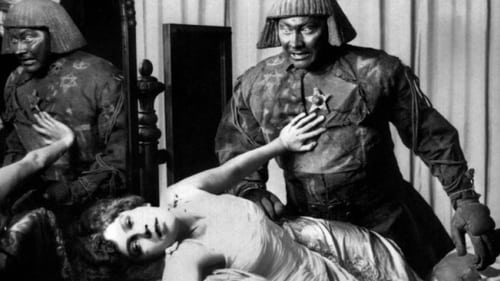
This mostly lost film (please check your attic) is often confused with director Paul Wegener third and readily available interpretation of the legend; Der Golem, wie er in die Welt kam (1920). In this version of the golem legend, the golem, a clay statue brought to life by Rabbi Loew in 16th century Prague to save the Jews from the ongoing brutal persecution by the city's rulers, is found in the rubble of an old synagogue in the 20th century. Brought to life by an antique dealer, the golem is used as a menial servant. Eventually falling in love with the dealer's wife, it goes on a murderous rampage when its love for her goes unanswered.
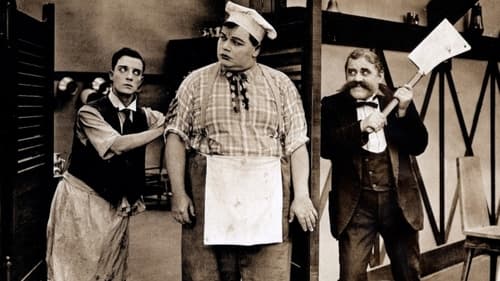
In an attempt at greater efficiency, the chef of a fancy oceanside restaurant and his assistant wreak havoc in the establishment. Adding to the complications is the arrival of a robber.
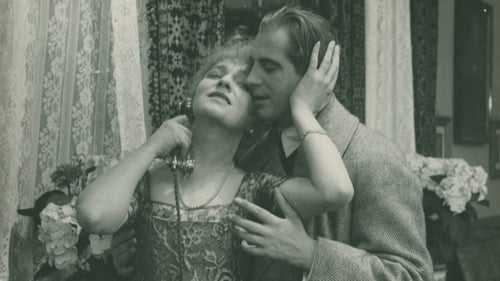
Erotikon is a 1920 Swedish romantic comedy film directed by Mauritz Stiller, starring Tora Teje, Karin Molander, Anders de Wahl and Lars Hanson. It is based on the 1917 play A kék róka by Ferenc Herczeg. The story revolves around an entomology professor obsessed with the sexual life of bugs, and his easygoing wife who is courted by two suitors.

A seductive woman forsakes her husband and lover to pursue a young engineer.

Three Scottish officers, including Sir Archi, murder Sir Arne and his household for a coffin filled with gold. The only survivor is Elsalill, who moves to relatives in Marstrand. There she meets a charming young officer- Sir Archi- and she soon understands that he was one of the murderers.
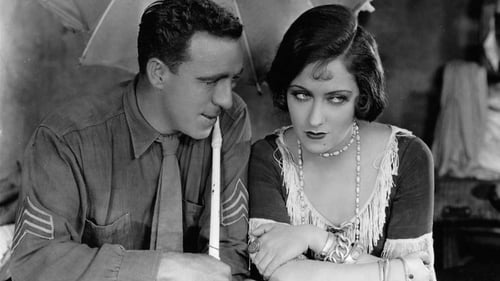
A young, beautiful prostitute named Sadie Thompson arrives on the South Pacific island of Pago Pago looking for honest work and falls for Timothy O'Hara, an American sailor who is unfazed by her unsavory past. However, Mr. Davidson, a missionary who arrived on the island at the same time, aims to "save" Sadie from her sinful life and petitions to have her separated from her beau and deported back to San Francisco.

The Perils of Pauline is a motion picture serial shown in weekly installments featuring the actress Pearl White playing the title character. Pauline has often been cited as a famous example of a damsel-in-distress, although viewers will find her character more resourceful and less helpless than the classic 'damsel' stereotype. Nine episodes (from a condensed 1916 re-release) survive to this day.

Just as Galeen and Wegener's Der Golem (1915) can be seen as a testament to early German film artistry, The Story of the Kelly Gang (1906) symbolizes both the birth of the Australian film industry and the emergence of an Australian cinema identity. Even more significantly, it heralds the emergence of the feature film format. However, only fragments of the original production of more than one hour are known to exist, preserved at the National Film and Sound Archive, Canberra; Efforts at reconstruction have made the film available to modern audiences.
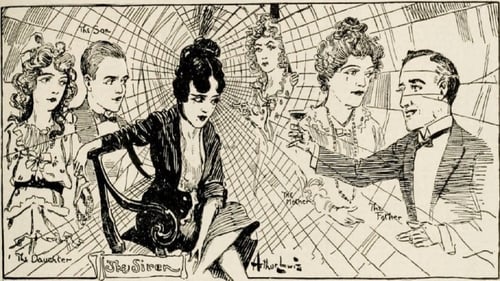
Frank Andrews is a successful businessman. He has always found pride and joy in the company of his wife, son and daughter. He suddenly finds himself enthralled by the advances of a gay young woman siren, who lives in the same apartment house as he does. So marked an influence does she have over him as time progresses that at last he quite forgets his home ties, neglects his family, and goes the way of many other men who have forgotten the meaning of paternity and blood ties. The story is advanced through many scenes enacted with the accompanying notes of New York's night life, and the denouement comes when the faithful wife discovers her husband's infidelity. At this time the mother's mind nearly loses balance, while Jane, the beautiful daughter, crazed by the grief of her mother, determines to take part in the tragedy. With revolver in hand she steals up to the apartment of the woman, but her frail nature is overcome by the temperamental anger of the woman and her mission fails.
















